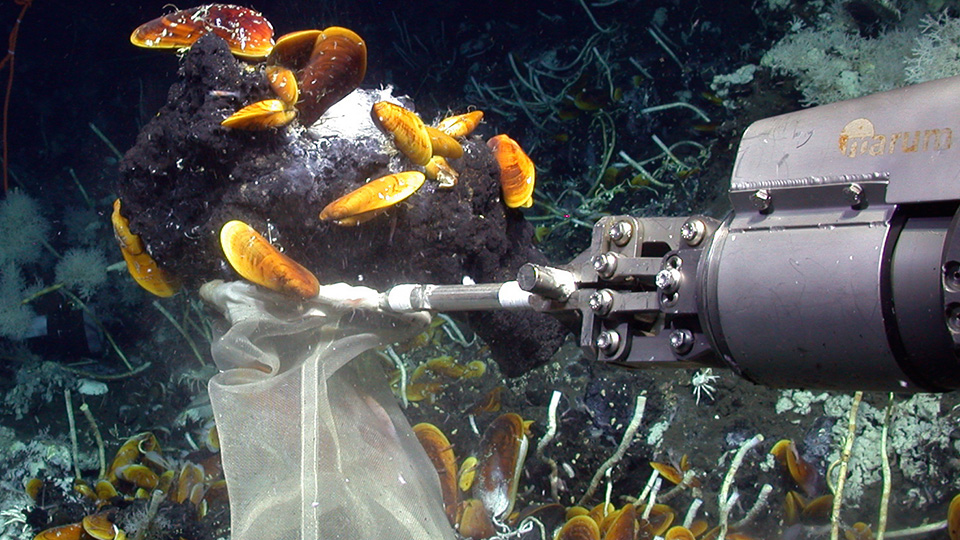Page path:
- Home
- Discover
- Archive News
- News 2017
- Deep-sea animals "eat" oil
Deep-sea animals "eat" oil
Jun 20, 2017
Scientists from Germany and the USA have discovered deep-sea animals living in symbiosis with bacteria that use oil as an energy source



